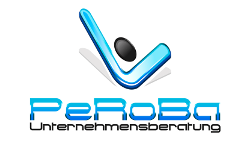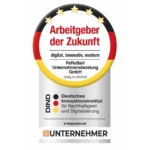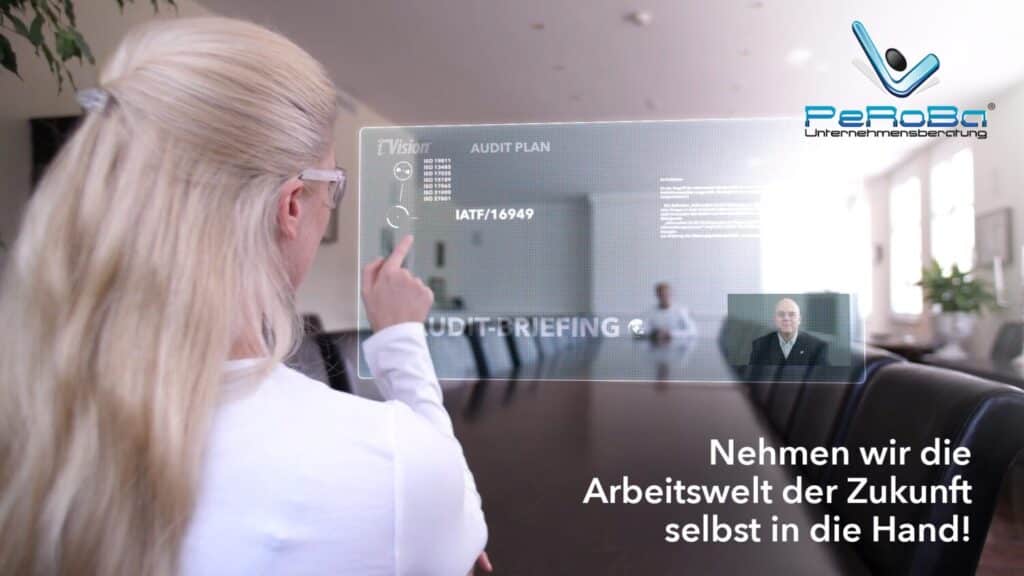A Remote Audit can save time and money
With our patented brand iVision® we have been researching and implementing virtual reality applications in the corporate environment for many years, for example in order picking.
So it makes sense that we consider our core business of quality management from the point of view of the latest hardware and software technology, because tools such as data glasses can open up valuable optimization potential in almost all areas of application today.
In the case of quality management, this is especially the area of “Remote Audit”, as it is already contained in the DIN EN ISO 19011 standard (“auditing of management systems”).
What is a Remote audit?
In the case of a Remote Audit, the physical presence of the auditor is no longer absolutely necessary or not required continuously. A corresponding technical infrastructure must be available for this.
Carrying out audits with technical aids without a physical presence on site may still seem strange to many, but not only against the background of cost pressure and globalization, but also with regard to environmental and climate protection, one can already say today that this technology is of course the future will belong. Solid reasons to deal more intensively with this topic today.
Methods and procedure of the Remote Audit
In practice, there are 3 types of Remote Audits:
Fully remote:
The audit takes place using remote techniques without the physical presence of the auditor at the audit location. Not only the planning and implementation, but also the post-processing and the various audit follow-up measures are carried out remotely.
Partly remote:
Certain parts of the audit take place on site, others via remote audits. This hybrid form is particularly suitable when several auditors are involved and, for example, specialists with only a short audit component do not necessarily have to be on site.
Follow-up remote:
Audit planning and implementation take place in the classic way at the audit location. For the processing and verification of follow-up measures, however, there is no physical presence on site. This technology was also often used in the past, only the post is being replaced today by modern electronic communication.
The process of a Remote Audit usually does not differ from the classic audit. The main differences lie in the planning, preparation and post-processing.
Who are Remote Audits for?
A Remote Audit can actively lower costs as traveling and incidental costs are making up a higher and higher part of the costs in the consulting sector nowadays. Considerable periods of time can be saved, too once all the initial preparations for this type of auditing have been carried out. Remote Audits can likewise make significant contributions, particularly when it comes down to the issues of climate protection and social accountability, which are becoming more and more important today.
Regarding organizational aspects, Remote Audits are interesting for all those who need audits at a very high frequency or with a large time overhead. If specialists who would have to travel to the audit location from far away are required, initial expenditures may also be amortized very quickly. It won’t merely be possible to perform Remote Audits in a manner that is faster and more cost-efficient once the necessary technical infrastructure has been set up and is available. They can also be planned for faster respectively scheduled at shorter notice than regular audits.
When can Remote Audits be used?
Nowadays, simple technical tools are already sufficient for conducting remote audits. It takes the usual hardware, like laptops and tablets combined to teleconference tools (Skype Business, TeamViewer …). But of course, fast and reliable data connections are a precondition for conducting Remote Audits. Naturally, the respective safety and security measures have to be taken as well and data privacy requirements must be observed, too.
Basically, Remote Audits can nearly always be utilized even though the “personal connection” between the auditor and the audited party should be established in advance, of course. Remote methods will become particularly efficient when it comes down to follow-up measures when the auditor needn’t necessarily be physically present even though he or she regularly was on-site during audits earlier on.
iVision® Remote Audit Software
A flexible Remote Audit tool and platform for Remote Audit automation
Modern technology can expand the possibilities of Remote Audits to a considerable extent. Data glasses, so-called smart glasses make it possible to have much more efficient audits. The remote auditor will receive direct feedback on his or her own screen due to the integrated camera and he or she may give instructions to the “co-auditor” on-site in the form of language, picture or even video displays as well. Lists with tasks can be shown in the field of view of the auditor and checked off. However, it is the option of automated documentation, which is particularly interesting with regard to this solution here. Audio and video recordings or screenshots can be created and stored at any time.
As the system can be flexibly expanded, automatic evaluation functions based on any desired standards may be integrated. Follow-up measures to audits can so be simplified to a great extent.
Are you interested in a modern and efficient audit solution that helps you save money in the long term? We are sure that our iVision® Remote Audit tool can also meet your requirements! We will be happy to present our Remote Audit platform personally to you and to develop individual conceptions for your specific application cases. Remote Audit automation with the right Remote Audit software will boost your productivity and effectively reduce audit costs.
Please note: As a supplement to that, a report can be created automatically and the degree of maturity of the management system can be assessed. There are supplementary modules that can be adjusted to individual requirements.

Frequently Asked Questions on the issue of Remote Audits
During a Remote Audit, the auditor needn’t be physically present at the audit location due to technical tools. The auditor and the organizational unit, which is to be audited, are regularly connected and manage and document the audit process through audio and video applications.
What types of Remote Audits are there?
In practice, differentiations are based on fully remote, partly remote and follow-up Remote Audits depending on during which audit phase the auditor is actually on-site or not. Fully Remote Audits are still very exceptional today. Remote Audits have proven to be great especially when it comes down to the follow-up measures to the audit since then, the physical presence of the auditor can be refrained from without any problems in most cases.
Remote Audits help actively to lower costs, primarily traveling and accommodation costs, of course. Related to that, the advantages in terms of environmental and climate protection become likewise obvious almost right away. After complete installation, time can also be saved quickly, especially if there are high audit frequencies or a high audit overhead.
If purely standard software is used, it will be very difficult unlocking all the advantages. A higher-level Remote Audit software, which can also be adjusted to different needs (standards, industries, markets) on a modular basis, will be needed. iVision® Remote Audit is one of those advanced solutions.

How may we help you?
If you have any questions dont hesitate contacting us!
You can use our contact form to write us a message, call us or make a free online appointment.





